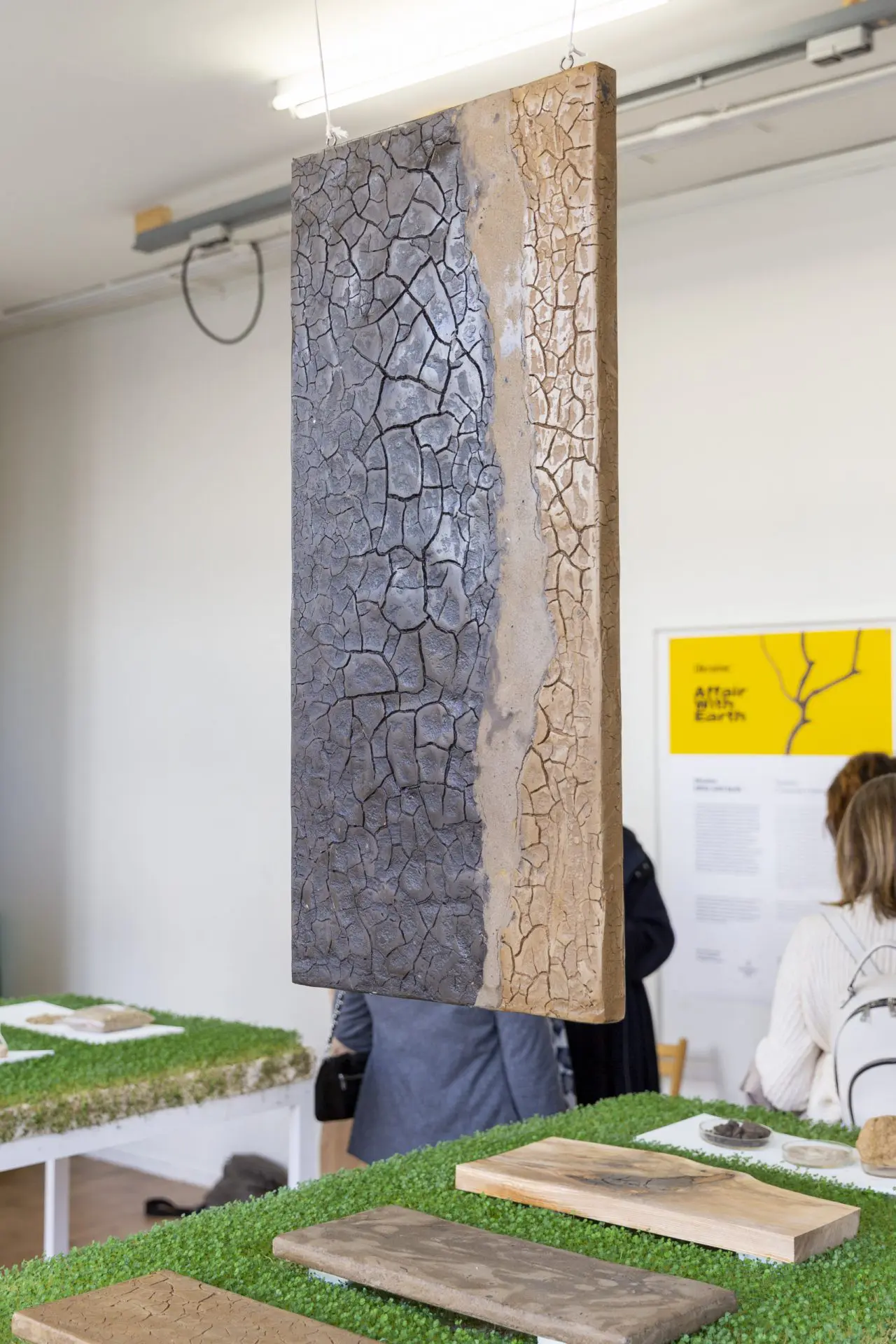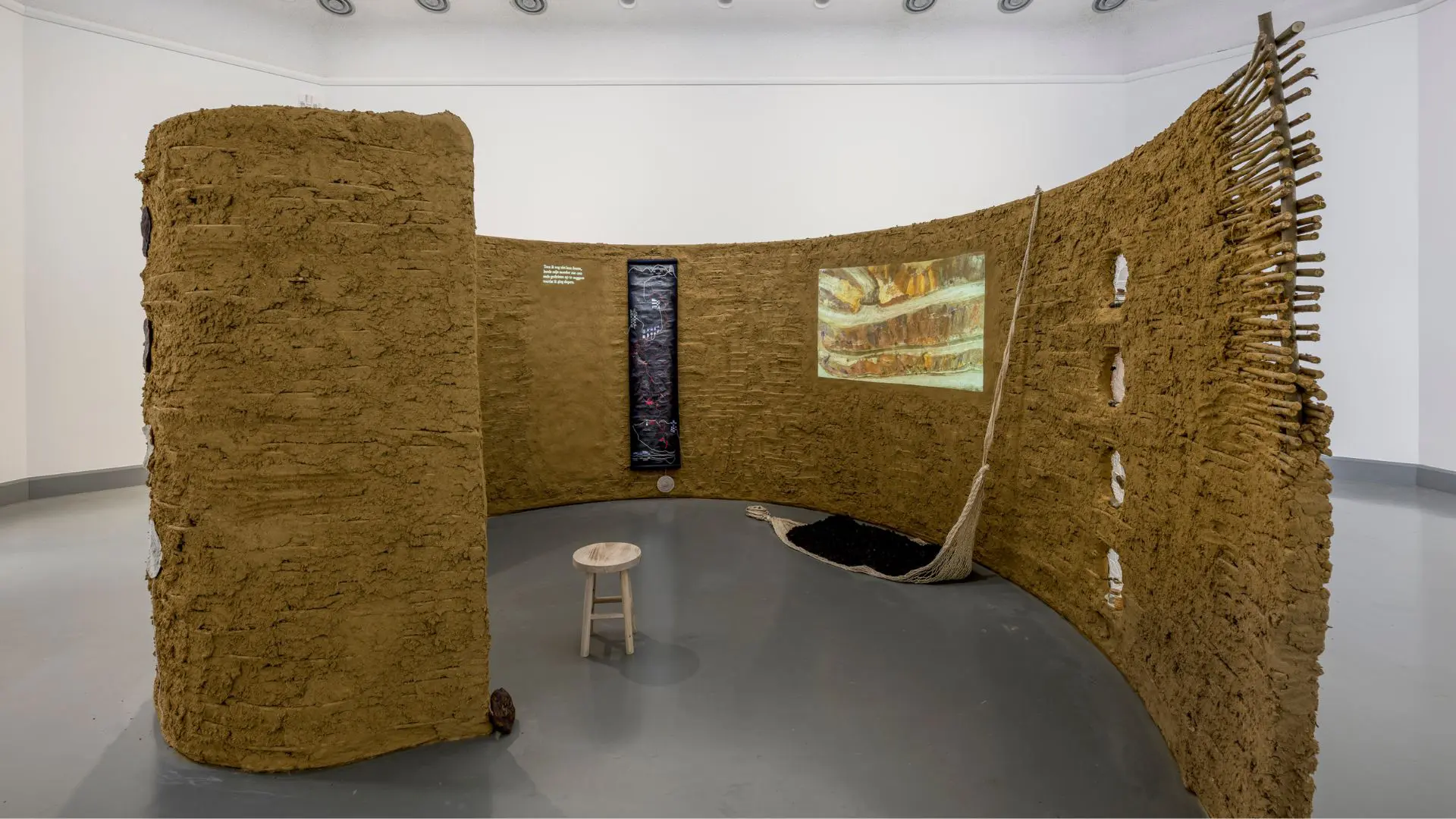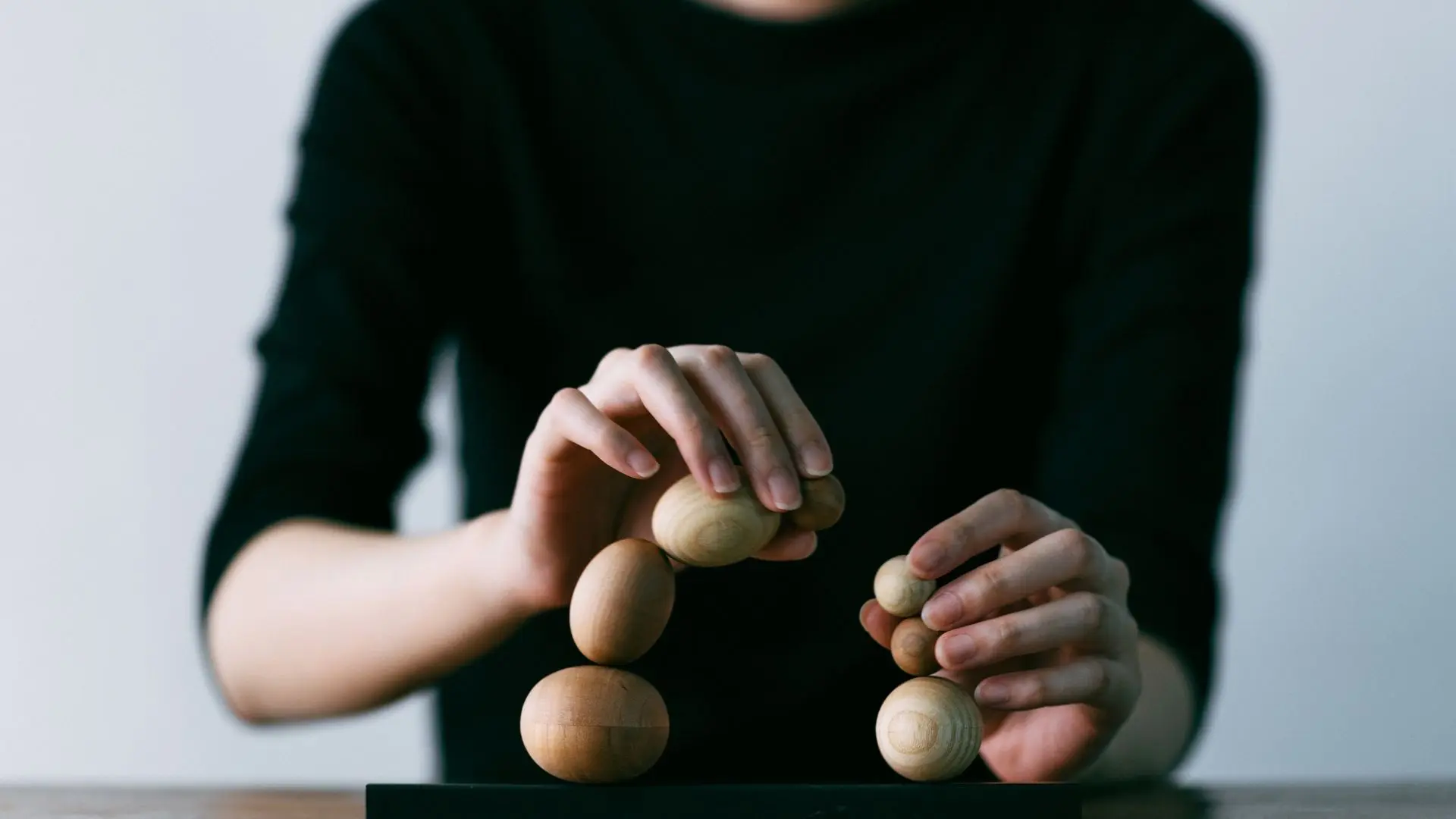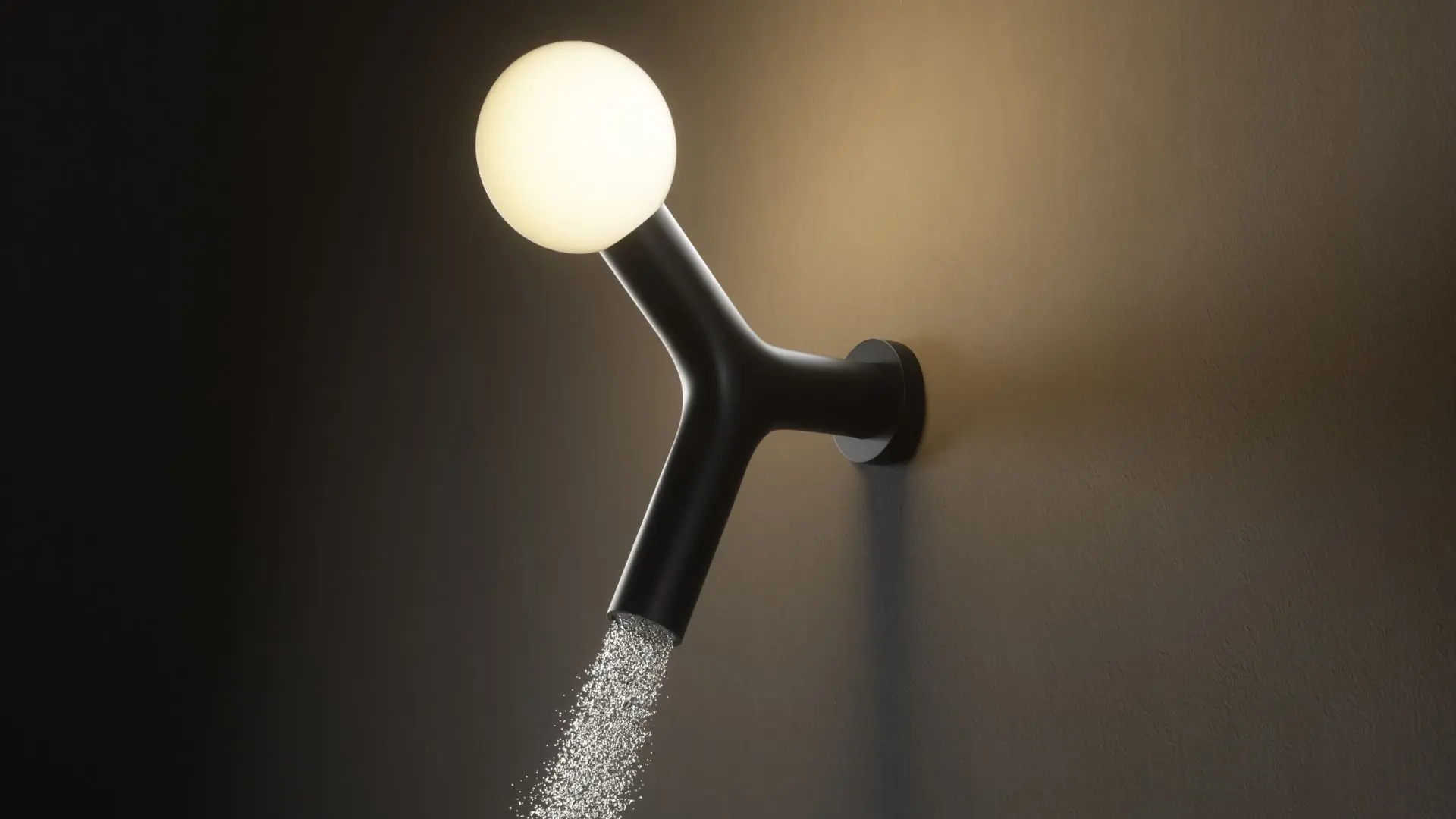Prostir 86 presented 5 remarkable new materials by Ukrainian designers
The Ukrainian design platform Prostir86 launched the project “Affair with Earth”, presenting at Duch Design Week 2019 five new materials and unusual product researches.
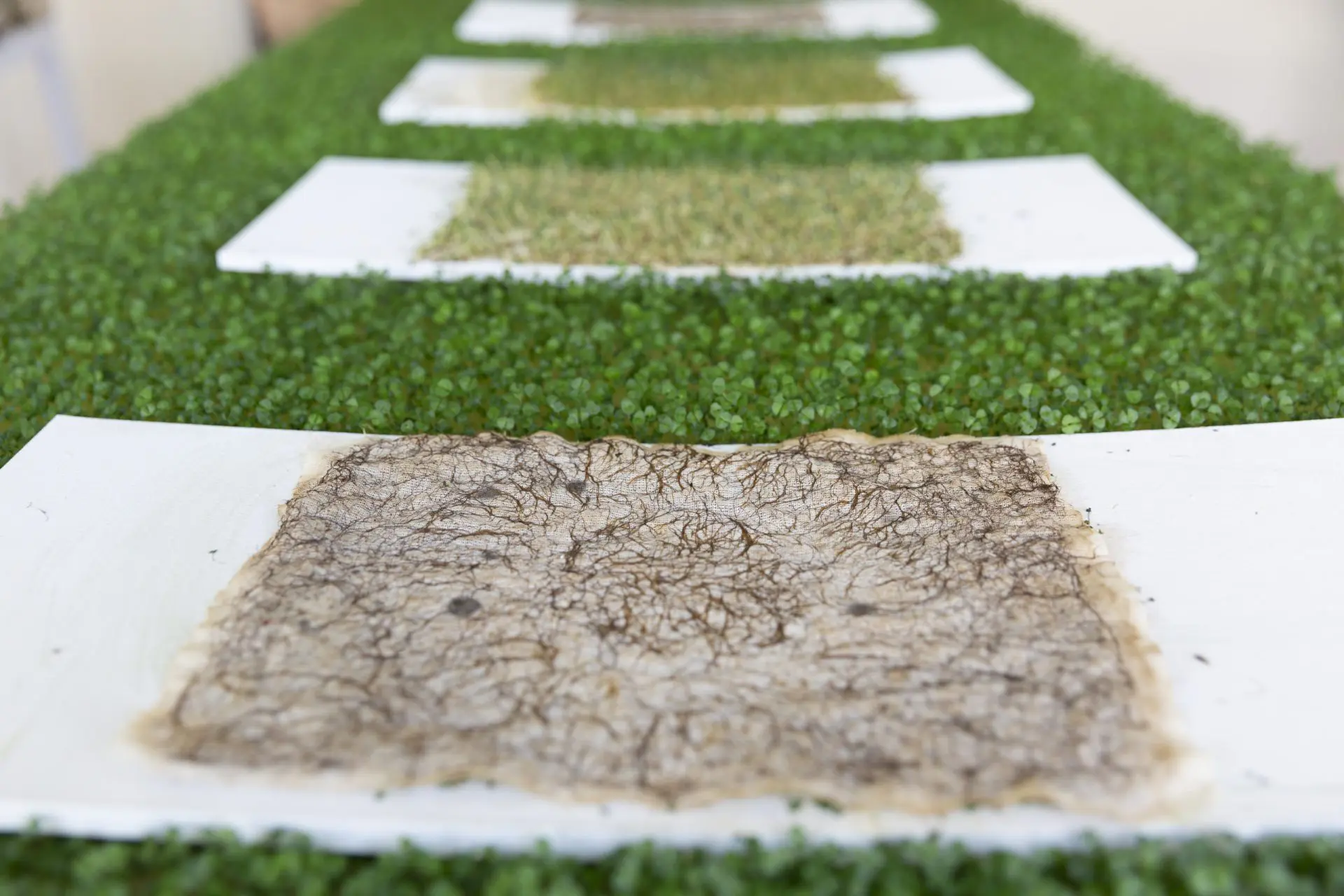
The design platform Prostir 86 launched the project “Affair with Earth”, which is about the modern rethinking of Ukrainian cultural background. Ukrainian modern design has a strong connection to its roots, artisanal craftsmanship, natural materials, and ancient mystical beliefs.
At Duch Design Week 2019, the design platform has presented 5 remarkable new materials and unusual product researches.
Prostir 86: here 5 projects to know
Re-leaf paper by Valentyn Frechka
Way back in his school years Valentyn Frechka invented the method of how to do it and launched the Re-leaf Paper project.
It aims to offer an innovative alternative to the traditional paper made from wood as well as to solve the problem of fallen leaves in cities. The point is, the world’s paper consumption is increasing every year.
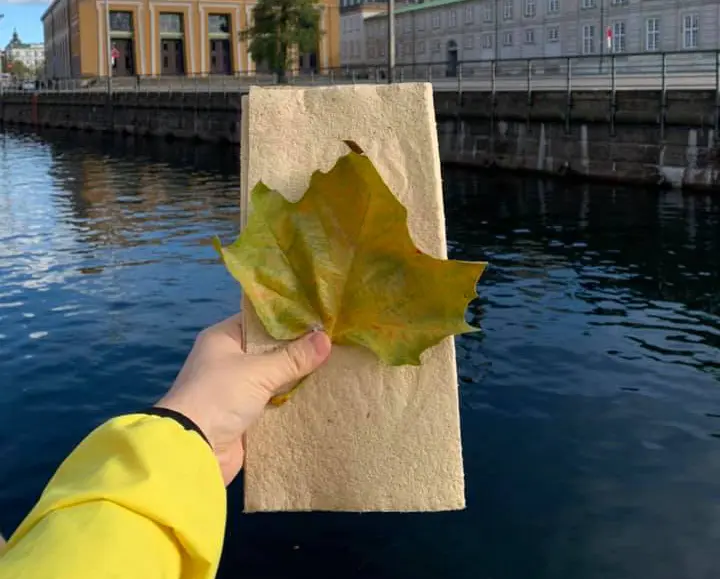
Partly it happened because of some of the companies that have recently switched to the paper packages instead of plastic to perceive themselves more eco-friendly. This is a wrong understanding of sustainable growth and quite a dangerous approach, because most paper in the world is made from wood, and forests cannot recover so fast.
We need to find an alternative source of cellulose and it can be fallen leaves. There is a fall period in all geographical regions with a temperate climate. The problem of fallen leaves is solved differently in different cities.
In Kyiv, for instance, city utilities collect all leaves from streets and parks and just remove them from dumpsites. Often caretakers rake up and burn fallen leaves. It pollutes the air and causes harm to human health and the environment. With Re-leaf technology fallen leaves could become not garbage but a valuable resource.
Now Valentyn studied in university and cooperated with Zhytomyr Cardboard Factory where he tested and refined his technology of producing paper from fallen leaves. He aims to launch it on a mass-production level in a year.
Hemp Fur by DevoHome
Ukraine has an old tradition of hemp textile producing. A year ago DevoHome brand has created an alternative to natural artificial fur. It is an unrivaled material because the hemp plant has some unique qualities (we talked about it here, too)
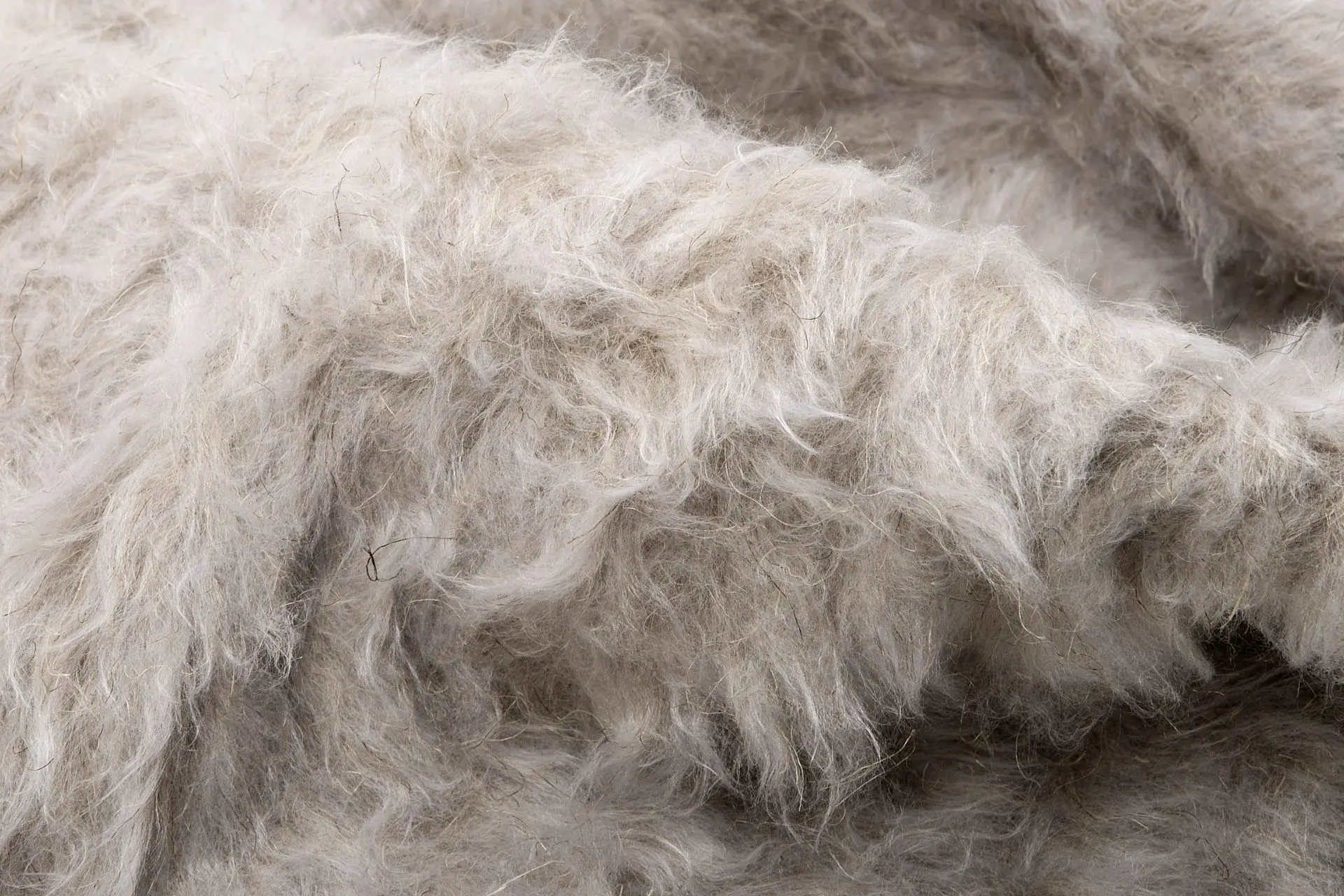
Neither pesticide nor herbicide is needed for it to be planted. Hemp is double cropping and it demands 75% less water than cotton and absorbs four times more CO2 than most trees.
Hemp Fur is produced from hemp fiber of plants which were grown in a pristine area in Poltava Oblast. Hemp Fur is smooth to the touch, natural, hypoallergenic, warm and tough material. No animal has to be killed for its production. Also, hemp fur is not a potential source of microplastics in contrast with faux fur.
Furniture facade Terra by Yuriy Ryntovt
Yuriy Ryntovt has created the original surface with chernozem in its base to use it on facades of his furniture collection. The designer elevates and rotates the horizontal surface of the soil into a vertical position to look it into its face and touch its wrinkles.
The idea of the project is an anthem to Earth.

“We feel happy when working with soil. Same primitive happiness, which locals who were working on the land felt when they saw its ability to revive year after year.
They appreciated its living miracle, from the first sprouts to a plentiful harvest. We feel almost physical pain from the way people treat nature with disrespect and disregard. People no longer treat soil as a shrine unlike they used to before industrial age”.
Dasha Tsapenko with the project-manifest Growing Fur
Imagine a raincoat or a dress which you plant as a living creature, you take care of it and walk it outside when it rains in order to keep it living.
Such a new concept questions a common position of humans as a center of an ecosystem and provokes to reconsider their new place in the world.
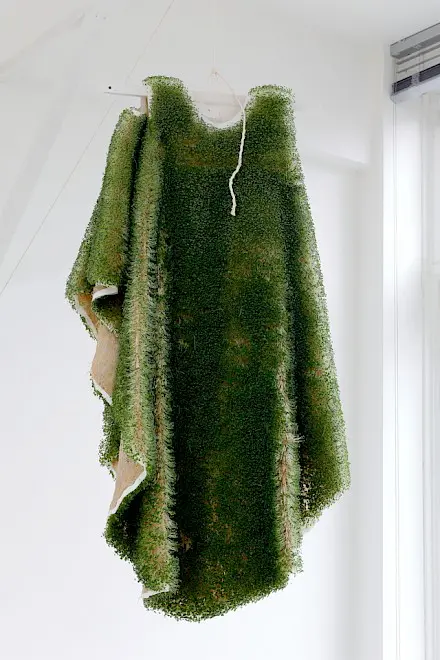
Eindhoven Design Academy’s graduate, Dasha Tsapenko, created live fur from sprouted chia seeds. The idea of the project is to rethink the place of clothes in our lives and to change our ways of interacting with it. Dasha offers us a totally new approach instead of thoughtless consumption.
Atomik vodka by the Chernobyl Spirit Company
In this project, a team of Ukrainian and British scientists, Chernobyl Spirit Company, studied agricultural possibility in the Zone of Obligatory Resettlement which became radioactive after the Chernobyl nuclear disaster.
A professor of Environmental Science at Portsmouth University Jim Smith, ahead of the Radiometric Laboratory at the Ukrainian Hydrometeorological Institute and a Chernobyl “liquidator” Gennady Laptev, a geologist and radiochemist currently completing his Ph.D. at the Ukrainian Hydrometeorological Institute Kyrylo Korychensky work on Atomik project in their spare time along with their science studies.
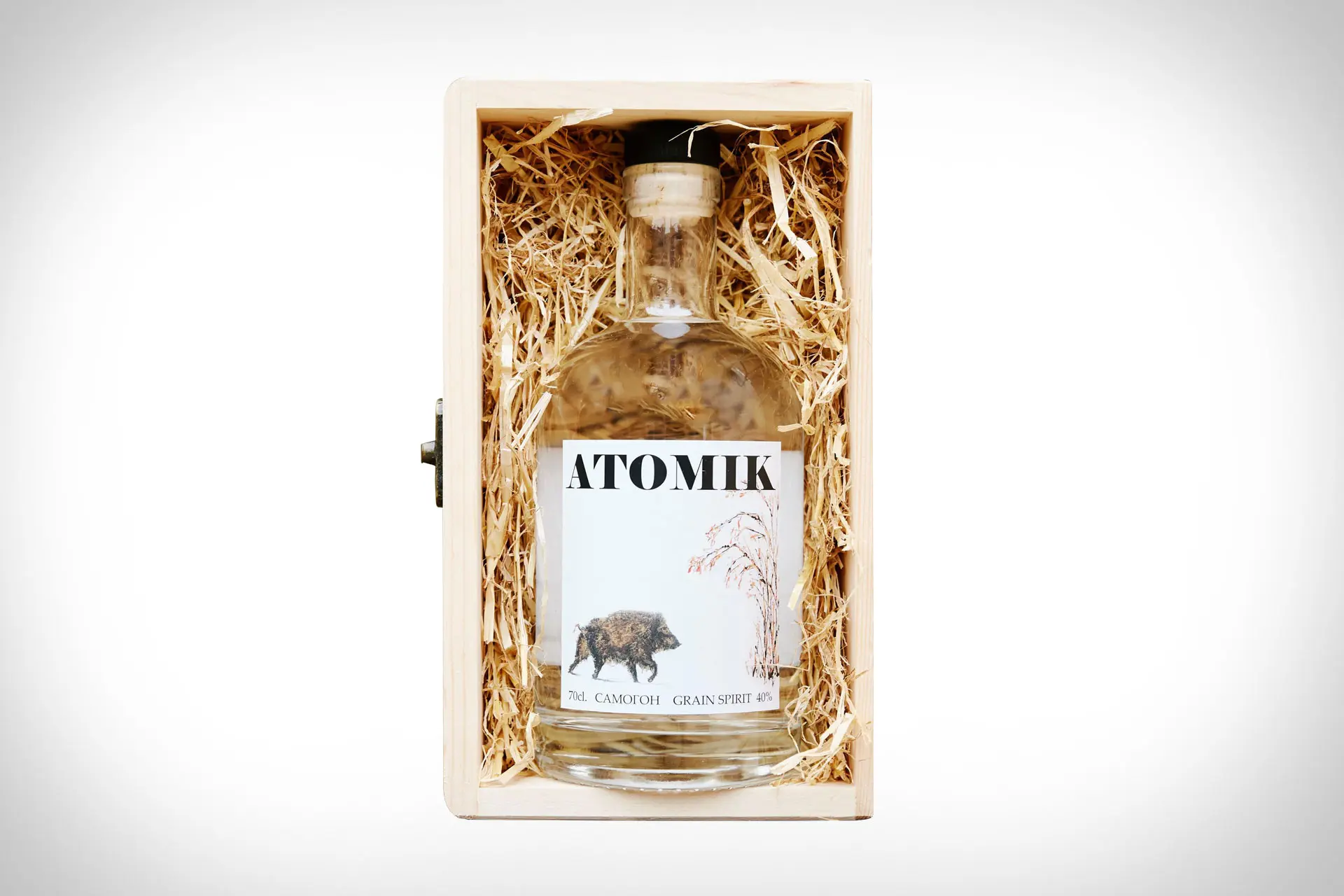
They used crops grown in the Chernobyl Zone and contaminated with radioactive strontium-90 to produce the experimental Atomik vodka. As they found out distillation removed most impurities and radiation from the drink and made it safe for consumption.
In the ready drink, only a trace of carbon-14 can be found but its concentration is no higher than in any other alcoholic beverage. The distilled alcohol was diluted with mineral water from the deep aquifer below the town of Chernobyl about 10 km south to the nuclear power station.
It happened to be pure water with no traces of radioactive contamination and its chemical characteristics are similar to those of groundwaters in the Champagne region of France. The project proves that more than thirty years after the Chernobyl disaster land in the Exclusion Zone can now be used to produce crops that are safe to consume.
Atomik’s creators aim to involve locals who live in the Zone of Obligatory Resettlement and suffer from unemployment. 75% of profits from Atomik sales will go to support communities in the affected areas and wildlife conservation. An important role in this exhibition project was played by spatial scenography: the concept was developed by PROSO atelier.
Presented works were exposed on surfaces completely covered by a living green ecosystem. Visitors had the opportunity to observe how microgreens develop and change. At the end of the project, the grown roots were used in the production of ecological fur and various experiments.









